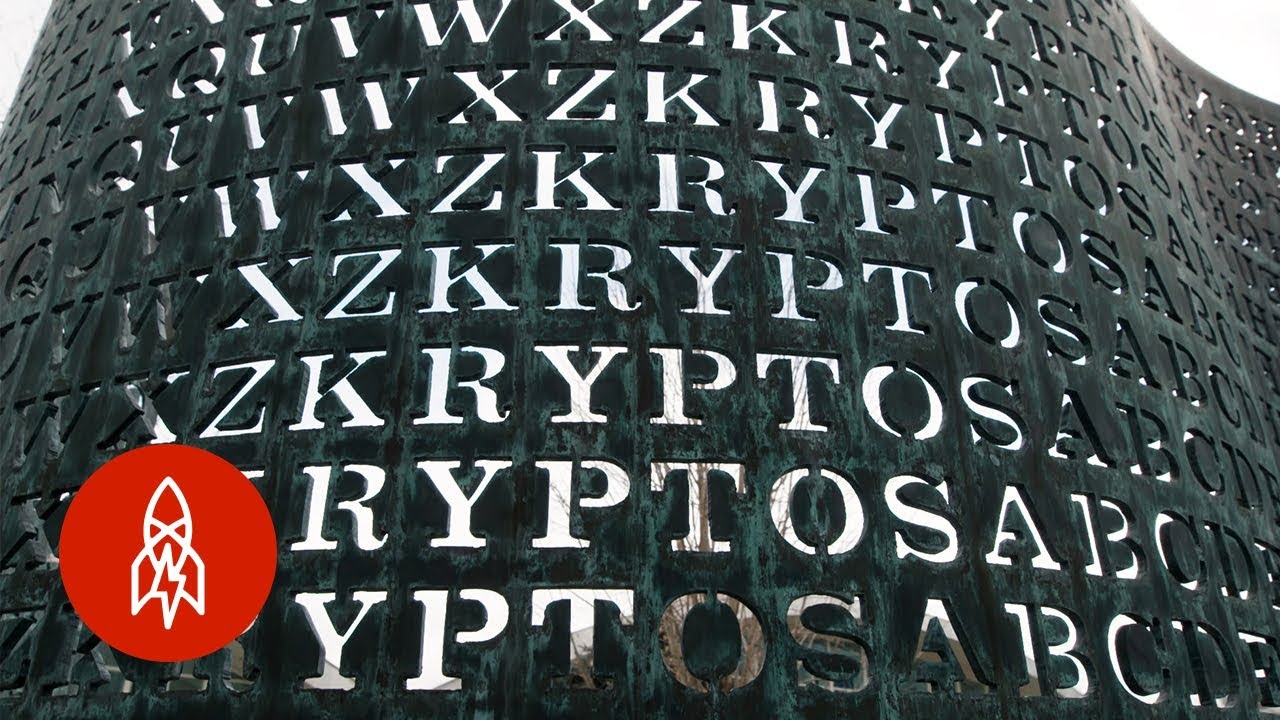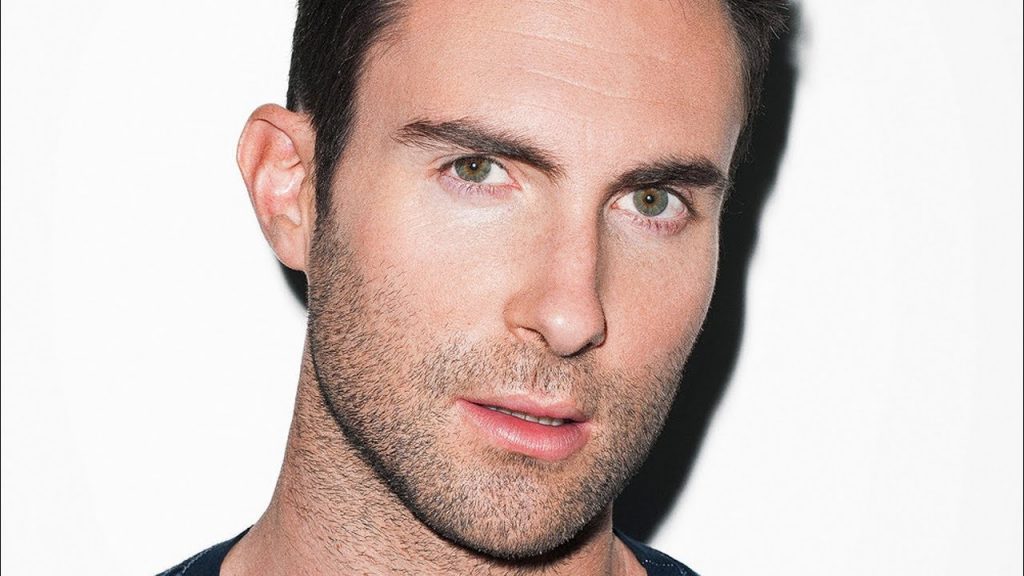Cracking the Uncrackable Code

Jim Sanborn created a sculpture containing a secret message. It sits on the grounds of CIA headquarters in Langley, Virginia.
Yet no one has been able to solve it. Code breakers from around the world have tried for 30 years. They’re stumped. The artist meets with people like cryptologist Elonka Dunin who are desperate to solve the mystery at his Maryland studio every year or so. But Sanborn won’t divulge any clues. It’s too much fun keeping everyone guessing.
Can the uncrackable code ever truly be cracked, or is it an unsolvable mystery?
Cracking the Uncrackable Code
For centuries, cryptography has been used to protect information and keep secrets safe. From ancient Greek rulers to modern day governments, encryption has played a vital role in maintaining the confidentiality of private information. However, with the advancement of technology, the art of cracking codes has also evolved. In recent times, people have been on a quest to crack the uncrackable code, which is believed to be the most secure form of encryption. The notion of such a code has captured the imagination of people, and the thought of breaking it has intrigued cryptographers and mathematicians alike.
The concept of the uncrackable code arises from the idea of perfect secrecy, which was first introduced in 1882 by Frank Miller. The idea behind perfect secrecy is that a message encrypted using a certain key should be indecipherable, even if the attacker knows all the details of the encryption algorithm and has access to unlimited computational power. The theoretical possibility of perfect secrecy has spawned a race among cryptographers to develop the most secure encryption algorithms possible, and to try and crack the codes others have developed.
To achieve perfect secrecy, a cipher must meet two criteria. Firstly, the key must be at least as long as the message being encrypted. Secondly, each key must be used only once. However, there is a trade-off between security and usability. Keys that meet these criteria are unwieldy, and that makes them impractical for everyday use. This is the reason that modern encryption systems like AES, RSA, and DES are not perfectly secure. They are designed to balance security and usability.
Despite the impossibility of perfect secrecy, there is an ongoing pursuit of cracking the uncrackable code. The Holy Grail of encryption, this code has remained elusive for decades, with some hailing it as an unsolvable mystery. However, this doesn’t stop researchers from trying to break it. One such researcher is Craig Bauer, a math professor at York College of Pennsylvania. Bauer made it his mission to crack the famous Voynich Manuscript, a puzzling 240-page book written in an unknown alphabet with what appears to be an unknown language. For centuries, the manuscript has been deemed unbreakable due to its complexity and lack of reference points. Still, Bauer was undeterred and led a team of 30 researchers who analyzed the manuscript using data analysis and computational techniques to decipher its contents.
The efforts of Bauer’s team culminated in a report documenting their findings – and they announced that they had cracked the “uncrackable” code. However, this announcement was met with skepticism from other researchers in the cryptology field. The point of contention was the fact that there was no way to verify the translation since the language in which the manuscript was written is unknown. The debate over the legitimacy of the Voynich Manuscript translation serves as a reminder of the limitations and challenges of cryptology.
In conclusion, cracking the uncrackable code is the ultimate challenge in cryptology. It has sparked a race among cryptographers to create the most secure encryption algorithm and to break the codes of others. While achieving perfect secrecy is impossible, the pursuit of the uncrackable code has led to the development of increasingly secure encryption algorithms. While some claim to have cracked the uncrackable code, the legitimacy of these claims remains a topic of debate. As technology advances, so too will the encryption algorithms – and perhaps, someday, the uncrackable code may no longer exist.









10 Celebs Reimagined As REGULAR PEOPLE
10 Celebs Who Lied Straight To Your Face
Celebrity Couples Who Don’t Have Prenups
Why The Kid From Role Models Vanished From Hollywood
10 Famous Actors Hollywood Won’t Cast Anymore